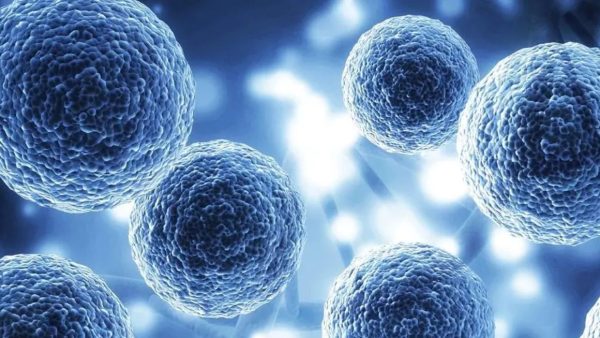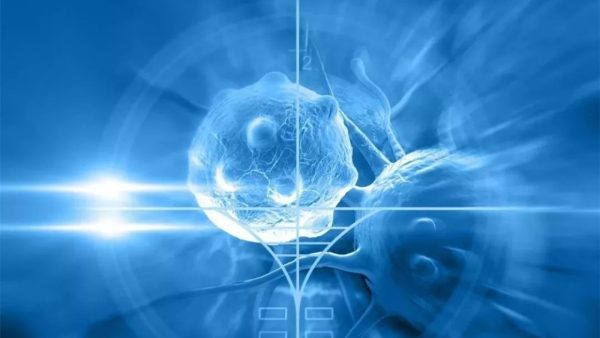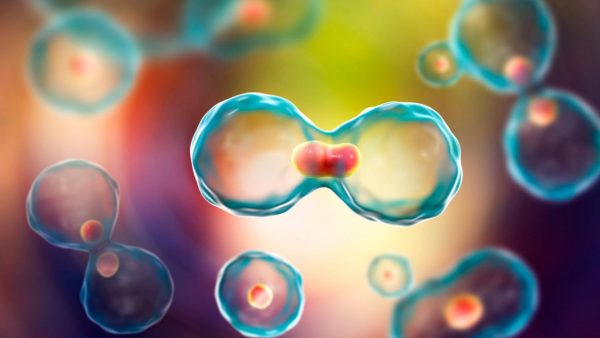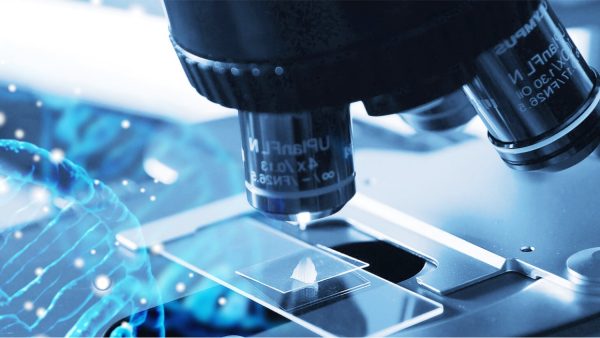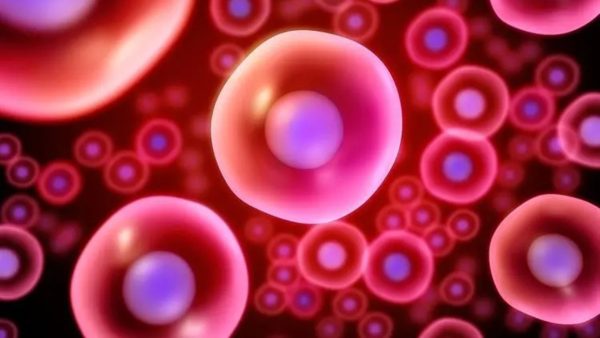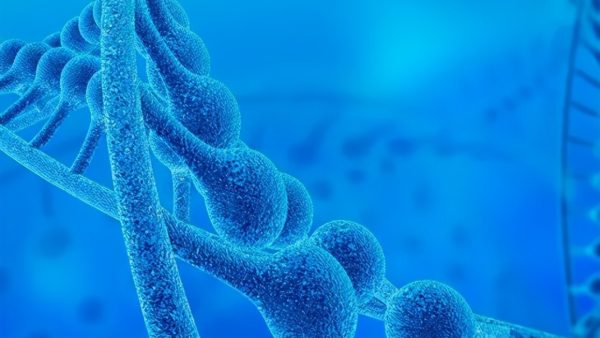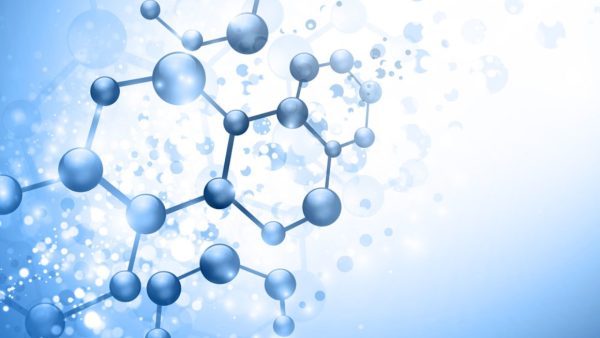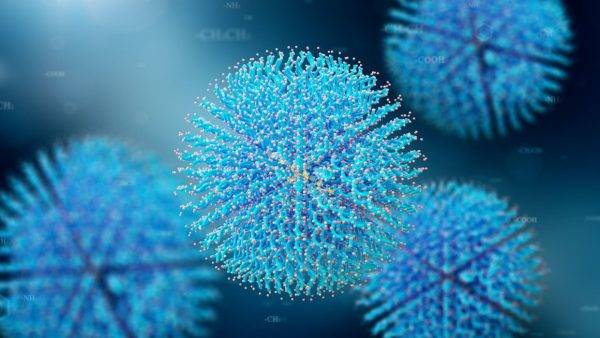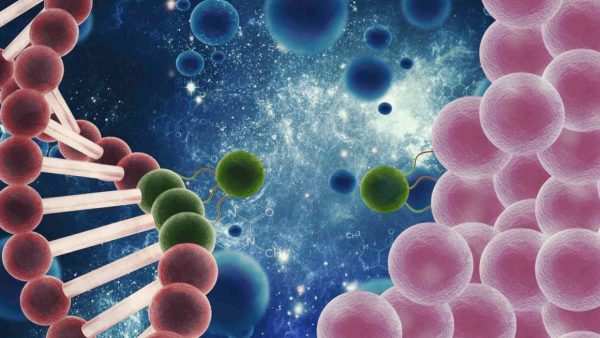By combining the hierarchy of biological species with synthetic concepts, peptide-polymer hybrids can control the molecular design and material properties. By further incorporating covalent cross links, the molecular complexity is enhanced so that both a physical and covalent network is allowed. Through the process, both the structure and function of polyethylene glycol (PEG)-network hybrids are regulated by […]
The Application of RGD@Micelles on Gastric Cancer Therapy
The polymer-drug conjugate with controlled drug release, such as arginine-glycine-aspartic acid (RGD)-decorated polyethylene glycol (PEG)-paclitaxel (PTX) conjugates containing disulfide linkage, can be used for gastric cancer therapy. The amphiphilic PEG-PTX conjugates can assemble into micelles, RGD@Micelles, and then decompose under the reduction of glutathione (GSH) and finally release PTX in weakly acidic conditions in intracellular environment. The […]
Fluorescent Labeling Nanomedicine – A Promising System Used for Human Therapuetics
Nanomedicine is one of the most popular topics in disease diagnostics, prevention and treatment. Lipids, such as liposomes and solid lipid nanoparticles (SLNPs), are widely used in nanosystems, and these nanosystems are used for a variety of therapeutic fields, such as anticancer therapies, antimicrobials, treatment of central nervous system diseases and other conditions. By loading […]
The Introduction of Pd@Pt-PEG-Ce6: A Promising Platform for Enhanced Photodynamic Therapy
Photodynamic therapy (PDT) is able to kill cancer cells using reactive oxygen species, and it has a wide application in cancer treatment. However, its efficiency can be severely restricted by the hypoxic nature of most solid tumors and also can be reduced by the hydrophobicity and limited tumor selectivity of some photosensitizers. To overcome the limitations, the […]
Platinum(IV) Prodrug Conjugated Pd@Au Nanoplates (Pd@Au-PEG-Pt) for Cancer Therapy
The two-dimensional (2D) core-shell PEGylated Pd@Au nanoplates are promising in photothermal therapy and drug delivery systems due to their excellent near infrared (NIR) light absorption and efficient passive targeting to tumor tissue. By conjugating Pd@Au nanoplates with a platinum(IV) prodrug c,c,t-[Pt(NH3)2Cl2(O2CCH2CH2CO2H)2], the research team successfully acquired a nanocomposite (Pd@Au-PEG-Pt) for combined photothermal-chemotherapy. The prepared Pd@Au-PEG-Pt nanocomposite exhibited good stability […]
The Link Between Lipopolymers and Lipids from Lung Surfactants and N-acetyl-l-cysteine
Liposome formulations can be used as drug delivery agents due to their ability to reduce toxicity and enhance drug efficacy. UV irradiation of phospholipids produces photopolymerized lipids by cross-linking through a diacetylene group, ultimately resulting in lipopolymers with enhanced rigidity and stability. The polymerization efficiency can be increased by adding the lipids, such as DMPC to […]
Ultrasound-Switchable Nanozyme Augments Sonodynamic System on Bacterial Infection Therapy
Due to the noninvasiveness, site-confined irradiation and high tissue penetrating capability, Ultrasound (US)-driven sonodynamic therapy (SDT) has promising applications in eradicating bacterial infections in depth. Nevertheless, the ineffective accumulation of sonosensitizers at the infection site, the hypoxic microenvironment and the rapid depletion of oxygen during SDT largely impede the therapeutic efficacy of SDT. An US-switchable nanozyme system […]
Regulation of Collagen Accumulation in Liver Fibrosis by VLNPs
Liver fibrosis is a great threat to human health that leads to millions of deaths annually worldwide, and hepatic stellate cells (HSCs) have been regarded as the main executors of liver fibrosis. Unfortunately, no available drugs for the clinical treatment of liver fibrosis has been approved as the tested drugs were not able to access HSCs […]
The Effect of Delivery Platform Have on Self-Amplifying mRNA Vaccines
mRNA vaccines are a transformative solution in vaccine technology that lead to transient antigen expression. Such instant expression is often desirable due to its minimal risk of genetic transformation. However, it affects the efficacy of mRNA and requires a higher dose. To address the issue, researchers have attempted to augment mRNA to include genetic elements […]
How Can Chemical/Genetic Drug-Loaded Polymeric Micelles Used in Liver Fibrosis Treatment
Liver fibrosis refers to the excessive accumulation of hepatic collagen, it is produced by activated hepatic stellate cells (HSCs). Currently, there is no effective drugs available for the clinical treatment of liver fibrosis, which means antifibrotic drugs cannot specifically target activated HSCs. A recent study reported the synthesis and evaluation of poly (lactide-co-glycolide)-polyspermine-poly (ethylene glycol)-vitamin […]




